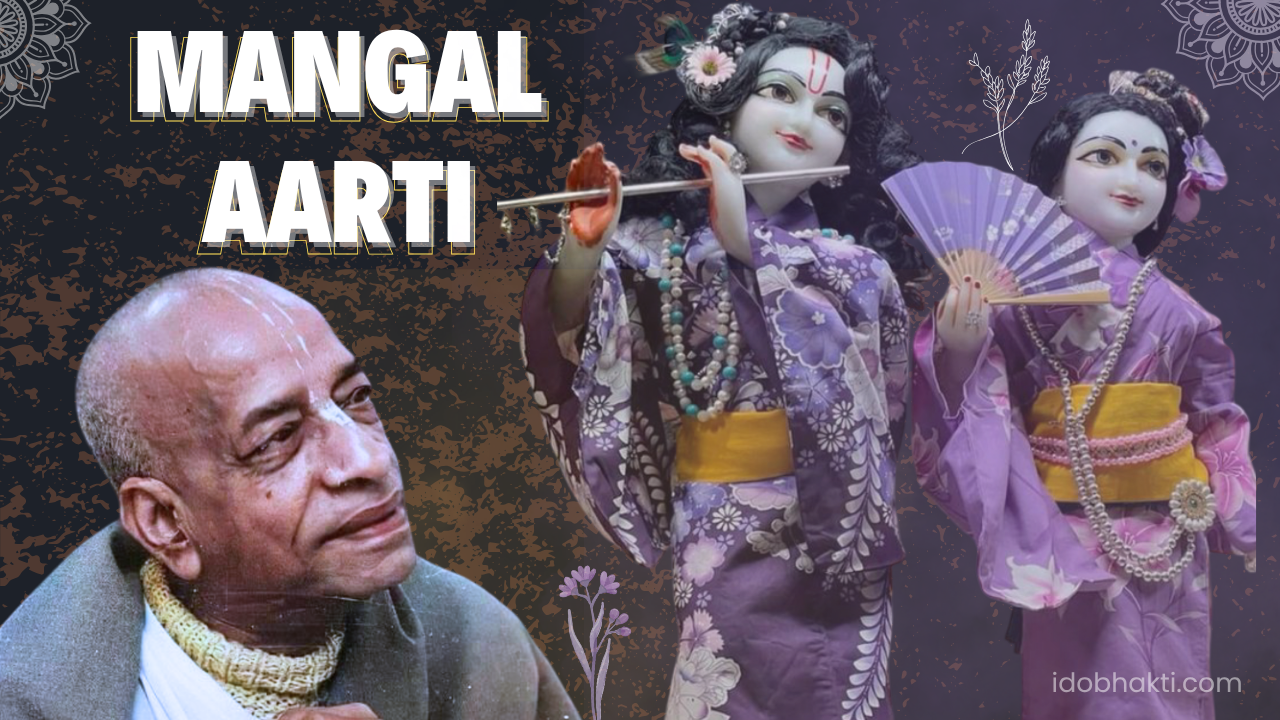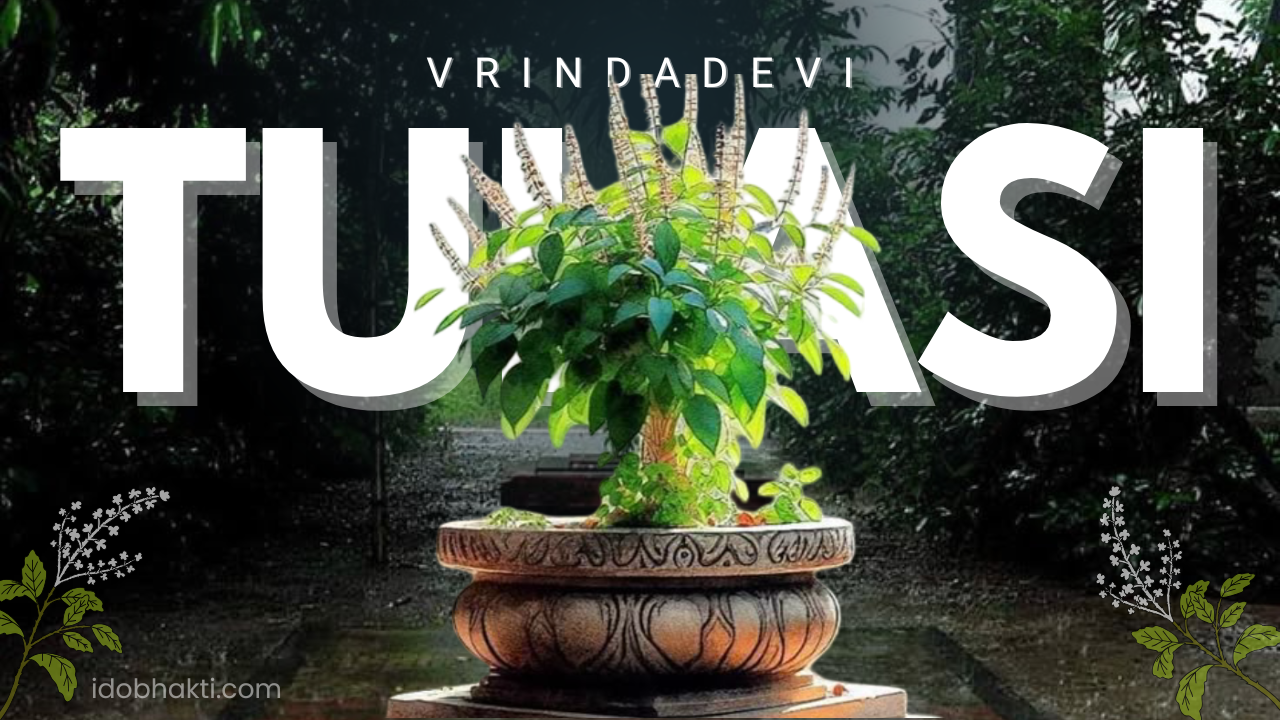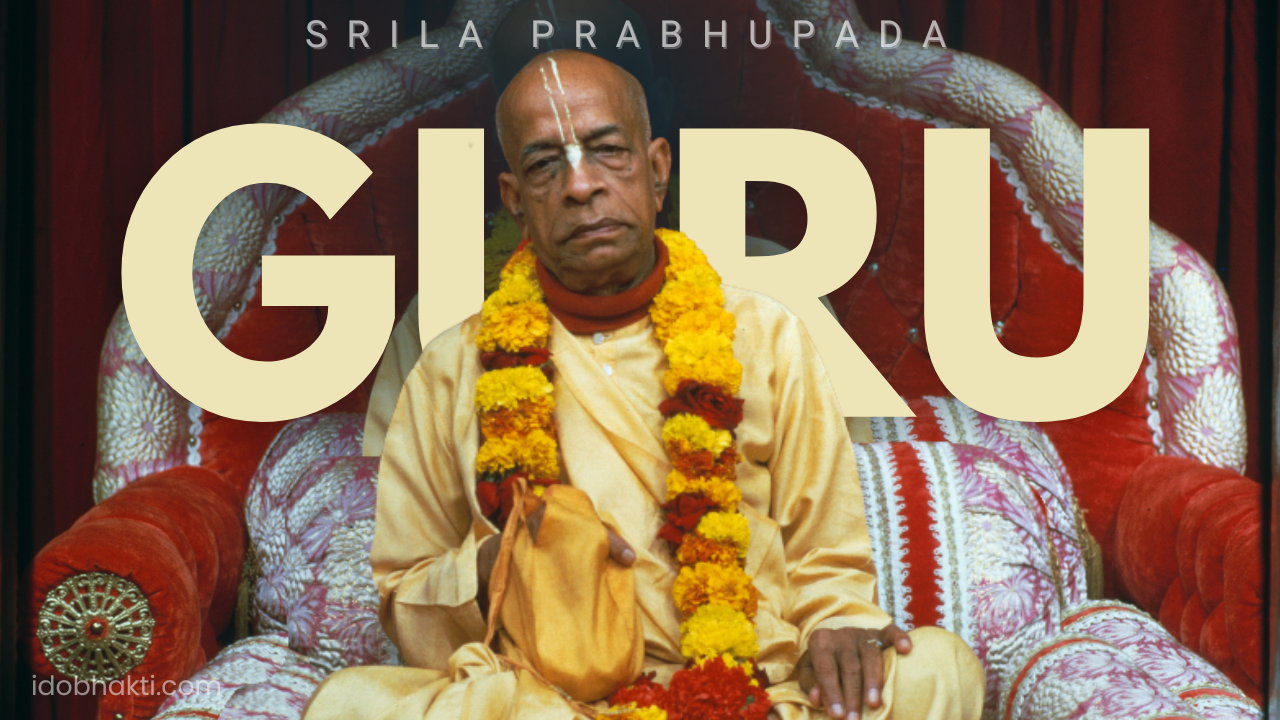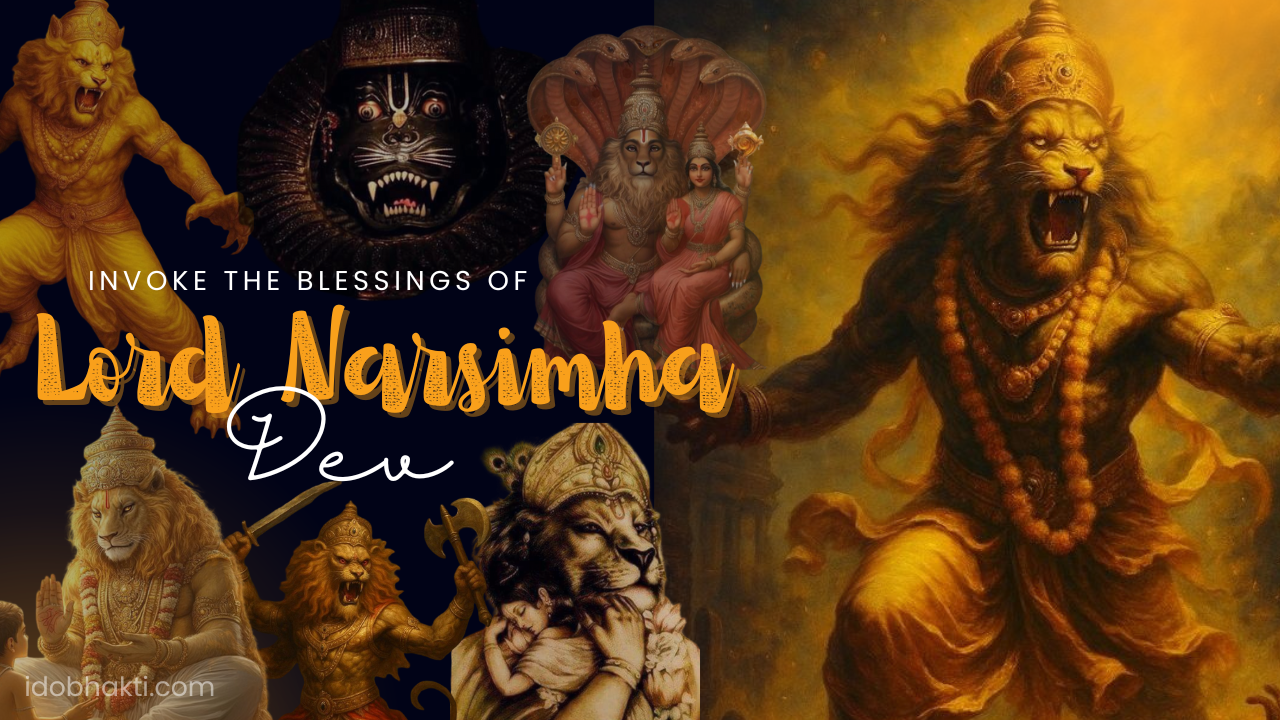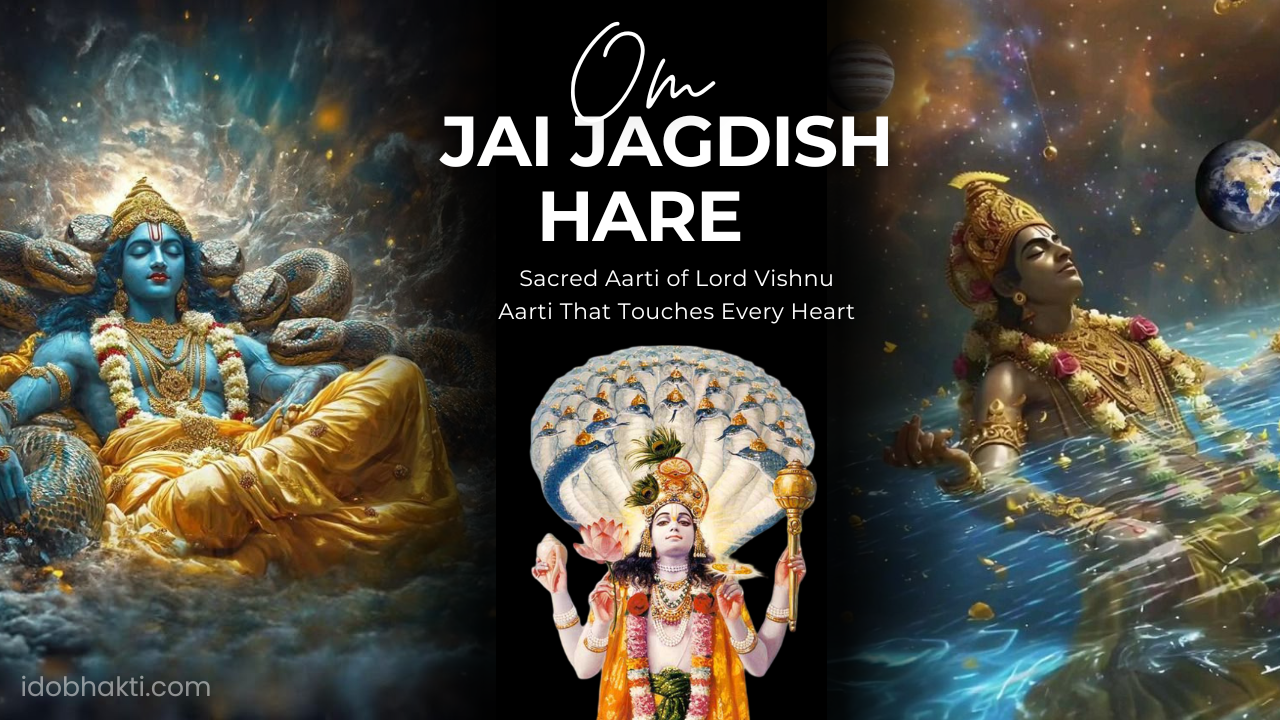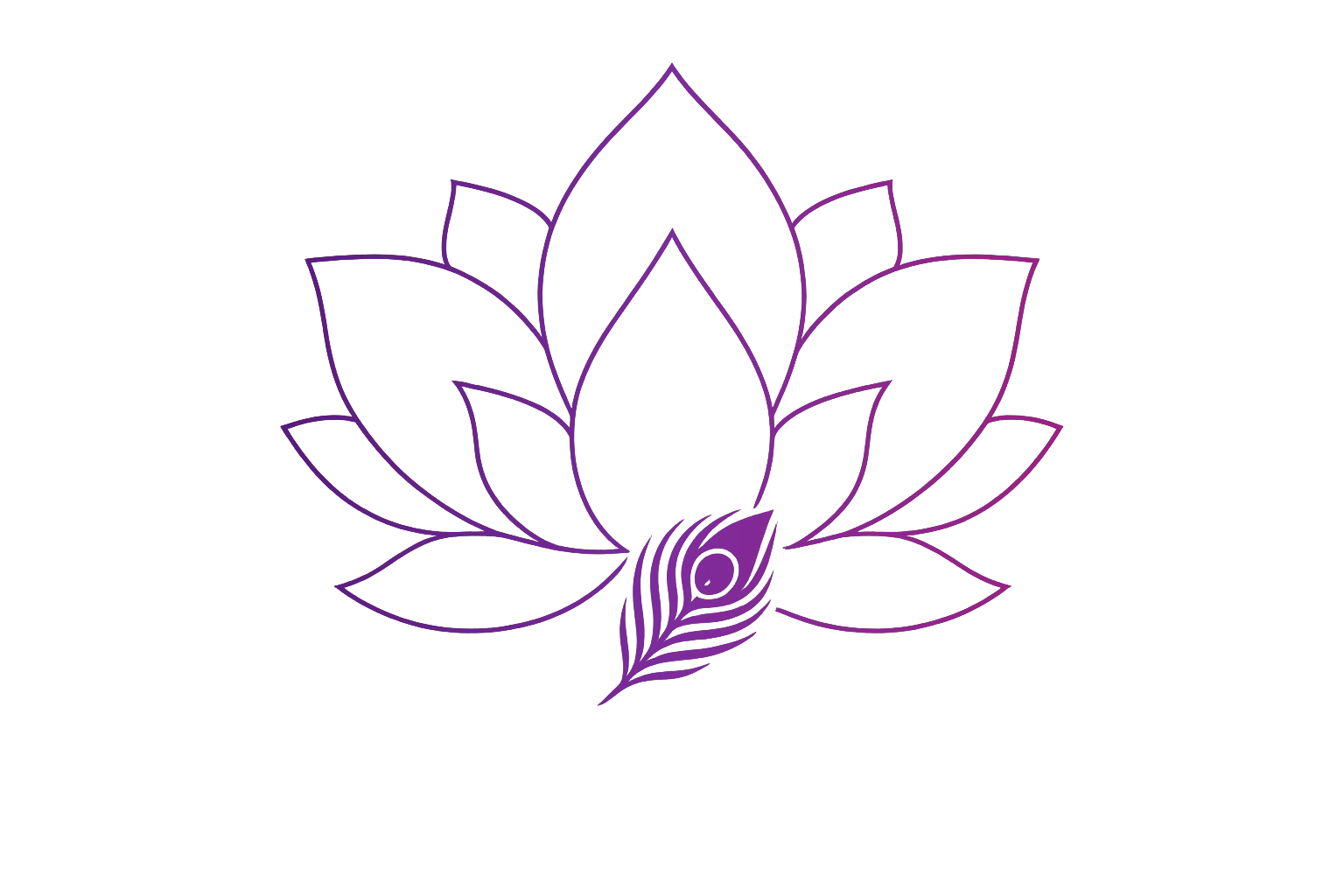
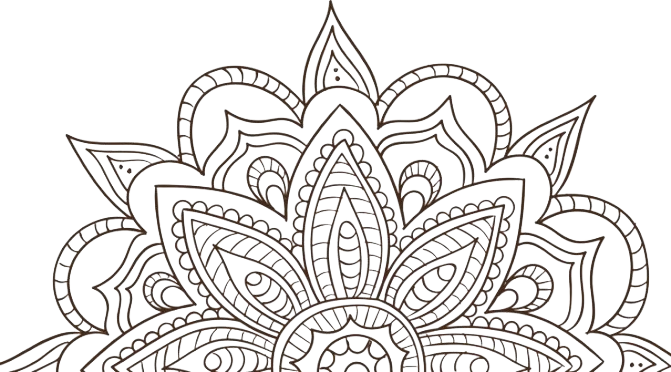



Karpūra Gauram Karunāvatāram
This beautiful verse is part of the Rudra Prarthana, often chanted during Shiva Aarti, meditations, or before the commencement of sacred rituals. It is simple, yet soaked in divine beauty and meaning.

Sanskrit Shloka
कर्पूरगौरं करुणावतारं
संसारसारं भुजगेन्द्रहारम्।
सदा वसन्तं हृदयारविन्दे
भवं भवानीसहितं नमामि॥
Transliteration
Karpūra-gauram karuṇā-avatāram
Saṁsāra-sāram bhujagendra-hāram
Sadā vasantam hṛdayāravinde
Bhavaṁ bhavānī-sahitaṁ namāmi
English Translation
I bow to Lord Shiva,
Who is pure white like camphor, the very incarnation of compassion;
Who is the essence of this world, and
Who wears the great serpent as a garland.
He eternally resides in the lotus of the heart,
Alongside Goddess Bhavānī (Parvati).
Deeper Meaning and Reflection
“Karpūra Gauram” – As White as Camphor
Camphor burns away completely without leaving any residue — symbolizing a pure life lived without attachment. Lord Shiva, the camphor-white one, represents the highest purity, untouched by worldly illusion.
“The Lord is untouched by gunas, yet governs all three — sattva, rajas, tamas.”
— Bhagavad Gītā 9.4–9.5 (paraphrased)
“Karunā-Avatāram” – Embodiment of Compassion
Though He is the destroyer, His heart melts for His devotees. His anger is fierce for ego, but His heart is oceanic for surrender. Shiva is not fearsome — He is the most tender-hearted when approached with devotion.
“Saṁsāra Sāram” – The Essence of the World
He is the soul of existence, beyond illusion. While the world comes and goes, He remains unchanging, timeless.
“Bhujagendra Hāram” – Adorned with the King of Serpents
Snakes, which evoke fear, lie peacefully around Shiva’s neck — reminding us that He controls fear, time, and death. The serpent also symbolizes Kundalini shakti, the spiritual energy that awakens when one meditates upon Him.
“Sadā Vasantam Hṛdayāravinde” – Dwelling in the Heart
Lord Shiva is not distant; He lives in the lotus of the heart of every pure soul. To realize Him is not to look outside but to look within.
“Bhavaṁ Bhavānī Sahitaṁ Namāmi”
Shiva is never alone — He is Bhava, and with Him always is Bhavānī, the Divine Mother Parvati. Together, they are the cosmic balance of Shiva–Shakti, consciousness and energy, stillness and dynamism.
Why Chant Karpūra Gauram?
This is a perfect mantra to chant:
-
Before meditation or yoga
-
During daily Aarti or after puja
-
To calm the mind and invoke Shiva’s presence
-
When seeking inner purity and peace
It’s not just a verse — it's an invocation to your higher Self.
Conclusion
“Karpūra Gauram” reminds us that the Supreme is not in the heavens alone — He lives within us, white as camphor, compassionate as a mother, fierce as time, yet gentle as a flower.
Chant it with feeling. Visualize Shiva seated on Mount Kailash or within your own heart. Know that every time you utter this verse, you are calling upon eternity itself.
